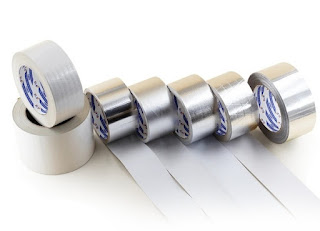Interior Walls: A classic way to use masking film: when painting a ceiling, run
the adhesive edge along the top of the wall, unfold the film downward, pressing
it flat against the wall. Then begin to paint.
Windows and Doors: Masking film works great on windows because it sticks
well to glass. Masking film will rarely
match the exact size of windows and doors. But all you need to do is run the
adhesive strips down two sides of the area to be masked. If you have at least 150mm
of overlap, it's not necessary to tape between the two sections (though it can
never hurt).
Other Areas: Remember that masking film isn't just for painting right to
the edge. Often, you need to cover cabinets and flooring to protect them from
ambient spray. Masking film works great for this.
Sanding: Masking film is perfect for particle-collection. Unlike plastic
tarps, masking film's
static-cling almost magnetically pulls paint and dust particles toward it.
Large Areas: If you have large areas to mask,
it's nearly impossible to use newspaper. Masking with masking film consumes far less time than masking with
newspapers because, with film, you're only dealing with a single sheet of film.
With newspapers, it can take 5 or 6 sheets to properly cover a window or door.





没有评论:
发表评论